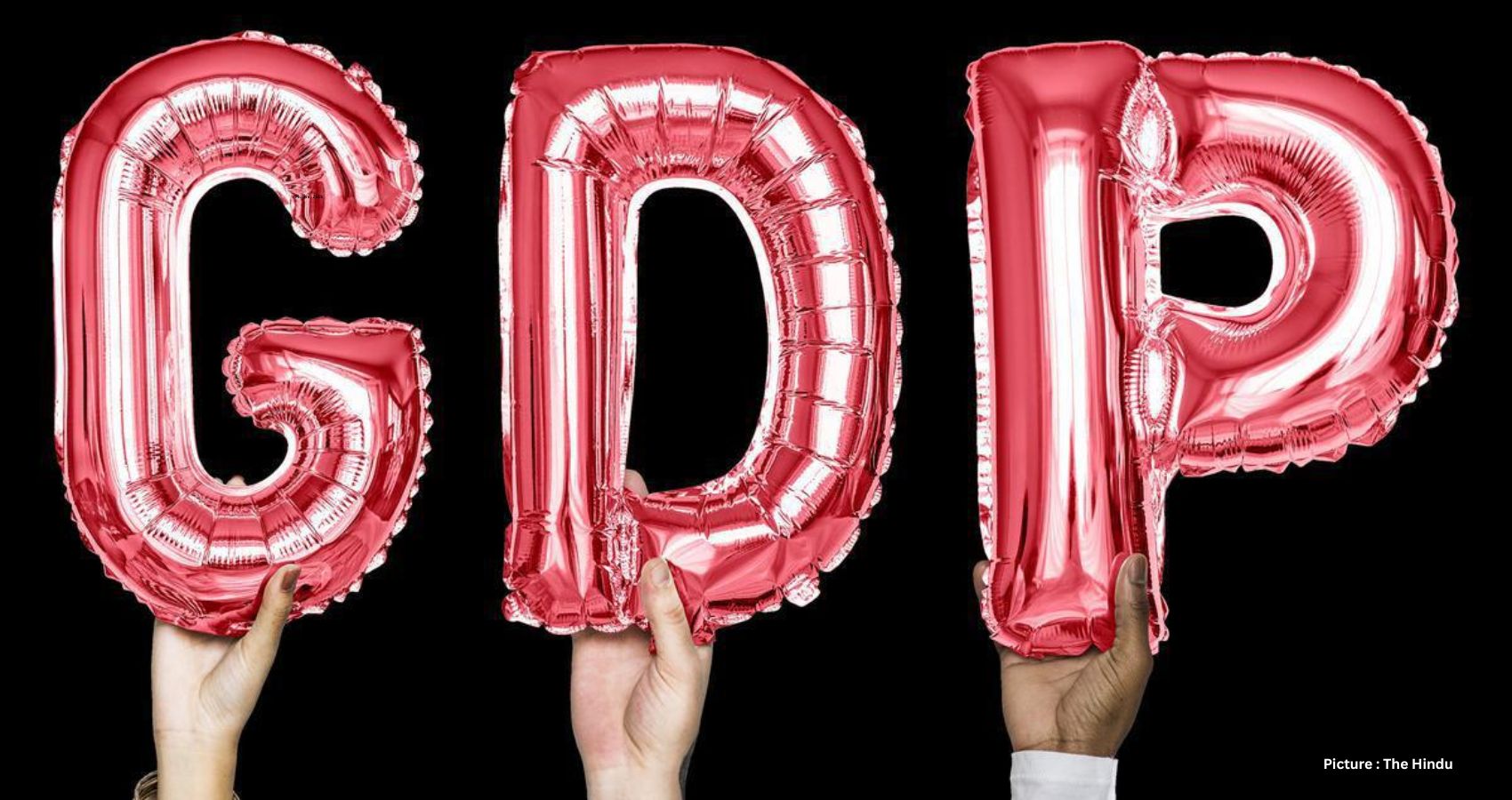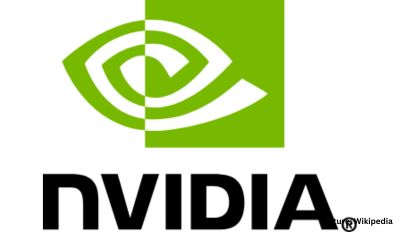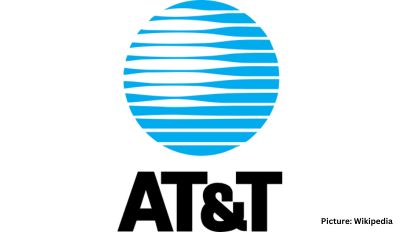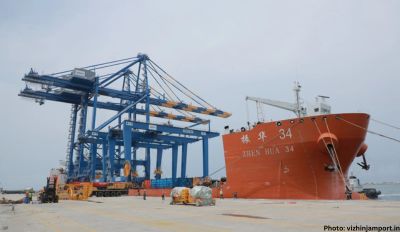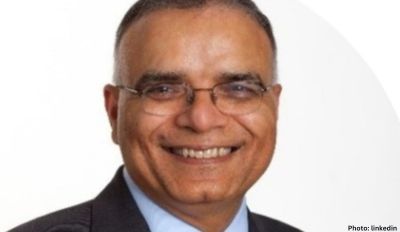India’s economic landscape for the fiscal year 2023-24 is anticipated to witness a growth of 7.3%, surpassing the 7.2% recorded in the previous year, according to the initial advance estimates of national income released by the National Statistical Office (NSO) on Friday. This projection indicates a more optimistic outlook compared to the 7% growth recently projected by the Reserve Bank of India (RBI).
In the first half of the current year, GDP growth stood at a robust 7.7%, providing a positive momentum that the NSO’s advance estimates suggest will continue into the second half, with a growth range of approximately 6.9%-7%. These estimates, relying on data from the first six-eight months of the year, play a crucial role in formulating the Union Budget.
Notably, the NSO anticipates a slight easing in the growth of Gross Value Added (GVA) for the economy, from 7% in the fiscal year 2022-23 to 6.9% in the current year. Furthermore, the nominal GDP growth is projected at 8.9%, falling short of the earlier Budget estimate of 10.5%. Economists caution that this could potentially result in the fiscal deficit exceeding the targeted 5.9% of GDP, possibly reaching around 6%.
Of specific concern is the expected significant drop in GVA growth for the farm sector, plummeting from 4% in the previous year to a mere 1.8% in the current fiscal year. Similarly, Trade, Hotels, Transport, Communication, and Services are projected to experience a notable deceleration in GVA growth, dropping from 14% in 2022-23 to 6.3%. Some economists express skepticism, suggesting these estimates might even be overly optimistic, particularly as concerns about consumption spending emerge.
“The concerning aspect in the GDP data is the weak consumption growth at 4.4%. This would be the slowest consumption growth in the past two decades barring the pandemic year of 2020-21,” cautioned Rajani Sinha, chief economist at CareEdge Ratings.
The NSO highlights that the share of private final consumption expenditure in GDP is expected to decrease to 56.9% this year, the lowest in at least three years, down from 58.5% in 2022-23. While the investment rate is anticipated to rise to nearly 30% of GDP, driven by government capital expenditure, higher consumption growth is deemed vital for private investments to assume the responsibility of stimulating the economy.
Manufacturing GVA growth is forecasted to accelerate to 6.5% in 2023-24 from a mere 1.3% the previous year, demonstrating a positive trend. Additionally, mining GVA is expected to rise to 8.1% from 4.6% in 2022-23, and construction GVA growth is predicted to remain solid at 10.7% this year, building on the 10% uptick recorded in the previous fiscal year.
Providing a numerical perspective, the NSO states, “Real GDP or GDP at Constant (2011-12) Prices in the year 2023-24 is estimated to attain a level of ₹171.79 lakh crore, as against the Provisional Estimate of GDP for the year 2022-23 of ₹160.06 lakh crore, released on 31st May, 2023.”
In parallel, the Reserve Bank of India (RBI) has taken a proactive stance to prevent potential risks to India’s accelerated growth. Governor Shaktikanta Das has pegged the third-quarter real GDP growth for this financial year at 6.5%, with a possible moderation to 6% in the January to March 2024 quarter.
It is essential to note that these projections by the NSO are preliminary, and factors such as improved data coverage, actual tax collections, expenditure on subsidies, and data revisions by source agencies could lead to subsequent revisions. The NSO underscores, “Users should take this into consideration while interpreting the figures.”
The First Revised Estimates for the fiscal year 2022-23 are scheduled for release on February 29, potentially influencing any revisions in the growth rates presented in the advance estimates released earlier.
Critics of the optimistic growth projections voiced their concerns. Aditi Nayar, chief economist at ICRA, highlighted, “The growth assumed for the second half is quite high, given the tepid outlook for agriculture amidst the weak kharif output and ongoing lag in rabi sowing, as well as the feared temporary slowdown in capex ahead of the General Elections.” She believes that agriculture and construction GVA growth for the second half may fall below the NSO estimates, suggesting a more cautious perspective.
Madan Sabnavis, chief economist at Bank of Baroda, echoed these sentiments, stating, “This growth estimate is much higher than what has been projected by the RBI and our estimate of 6.6%-6.7%.” He attributes the anticipated weak agriculture GVA growth to the projected drop in Kharif crop and the sluggish pace of Rabi sowing.
While the NSO’s initial estimates paint an optimistic picture of India’s economic growth for the fiscal year 2023-24, cautionary voices emphasize the potential challenges, particularly in sectors like agriculture and consumption spending. The coming months will reveal the extent to which these estimates align with the evolving economic reality on the ground.

